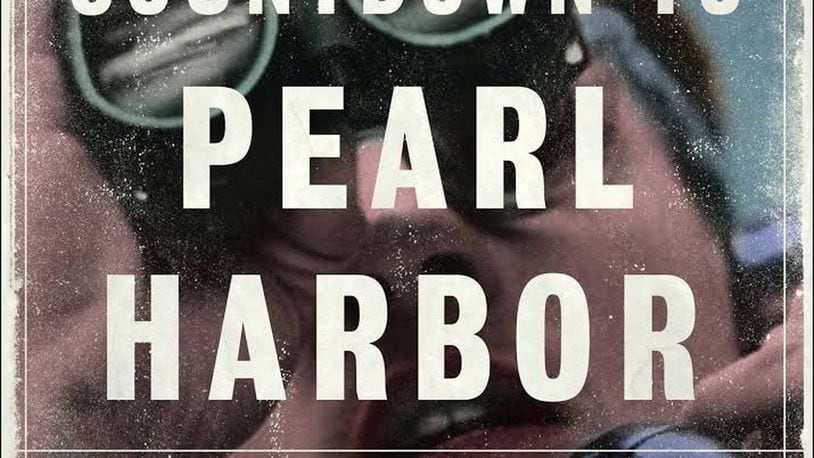But Steve Twomey has accomplished exactly that in his engrossing book, “Countdown to Pearl Harbor: The Twelve Days To The Attack.” If you ever want to understand why the Japanese inflicted such havoc on the U.S. Pacific Fleet that Sunday morning, this book is the one to read. It may be the best book ever written about the Pearl Harbor disaster.
Pearl Harbor, like the assassination of John F. Kennedy in 1963 and the terrorist attacks in the United States in 2001, is one of those seminal moments that defined a generation.
Americans of that era were stunned by Japan launching a war without any warning. And they were astonished the Japanese had the skill to sail six aircraft carriers to within a few hundred miles of Hawaii, and launch 350 airplanes to pummel the U.S. battleships, cruisers and destroyers anchored at Pearl Harbor.
There have been scores of books, congressional hearings, and oral histories that have described every detail of the attack. But many of the best books on Pearl Harbor, such as Gordon Prange’s 1981 classic, “At Dawn We Slept,” are more comprehensive than readable.
By contrast, Twomey, a Pulitzer Prize-winner and a former reporter for the Washington Post, approaches the debacle in a novel manner.
Like any good reporter he not only describes events in a visual fashion, but places them in a context to allow the reader to understand how countless American officials – from President Franklin D. Roosevelt to Admiral Husband Kimmel, commander of the Pacific Fleet at Pearl Harbor — fumbled so many obvious clues that could have minimized the damage and saved a large number of the 2,402 Americans killed in the attack.
With his in-depth look at Kimmel and Gen. Walter Short, the commander of U.S. Army forces on Hawaii, Twomey demonstrates why they committed so many glaring errors.
Although they and other U.S. officials realized Japan was preparing for war, they assumed the Japanese would never be stupid enough to attack such a strong outpost as Pearl Harbor.
They believed the harbor was so shallow that torpedoes launched by Japanese planes would become stuck in the mud. Short, in particular, feared sabotage by the thousands of Japanese-Americans living in Hawaii when in fact there was but one Japanese spy in all of Hawaii.
But Twomey writes, “while many decisions and actions led to Dec. 7, its causes went beyond any individual on Oahu or in Washington.” They included warnings from Washington to Hawaii so abominably written that neither Kimmel nor Shore could figure out what senior Navy and Army officials wanted them to prepare for.
And even as war raged in Europe, American officials “remained in the vise grip of peace,” Twomey writes. Their utter complacency would fuel absurd claims that Roosevelt deliberately allowed the attack to take place as a way to persuade Americans to enter the war against Nazi Germany.
The book contains a none-too-subtle warning for Americans today who believe the solution to terrorism is to round up the usual suspects and toss them out of the country. Instead, the answer is preparation, never assume everyone in the chain of command has carried out the right order, and give the enemy credit for audacity and skill.
About the Author
